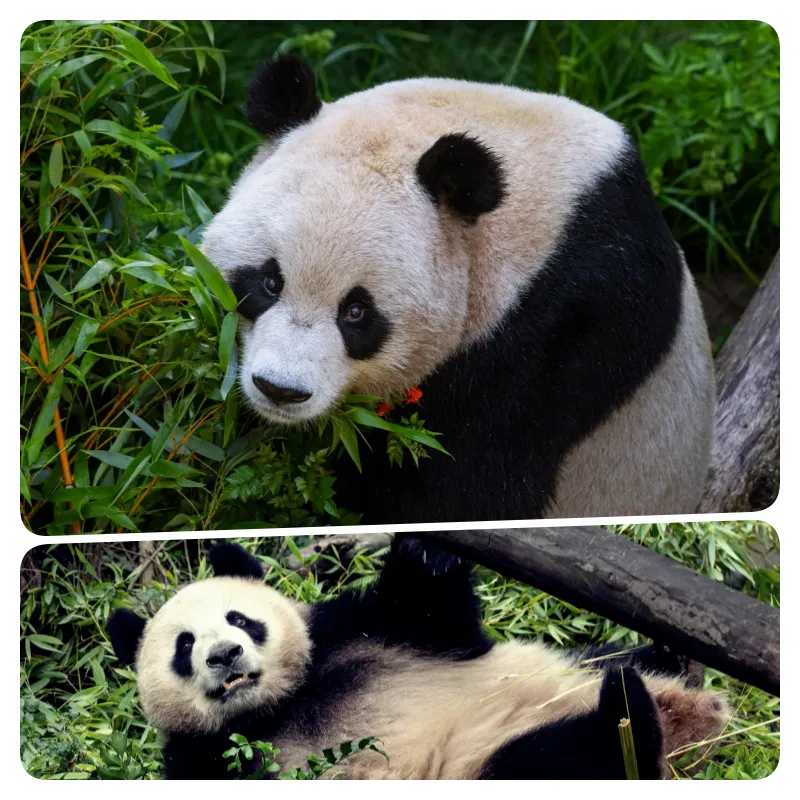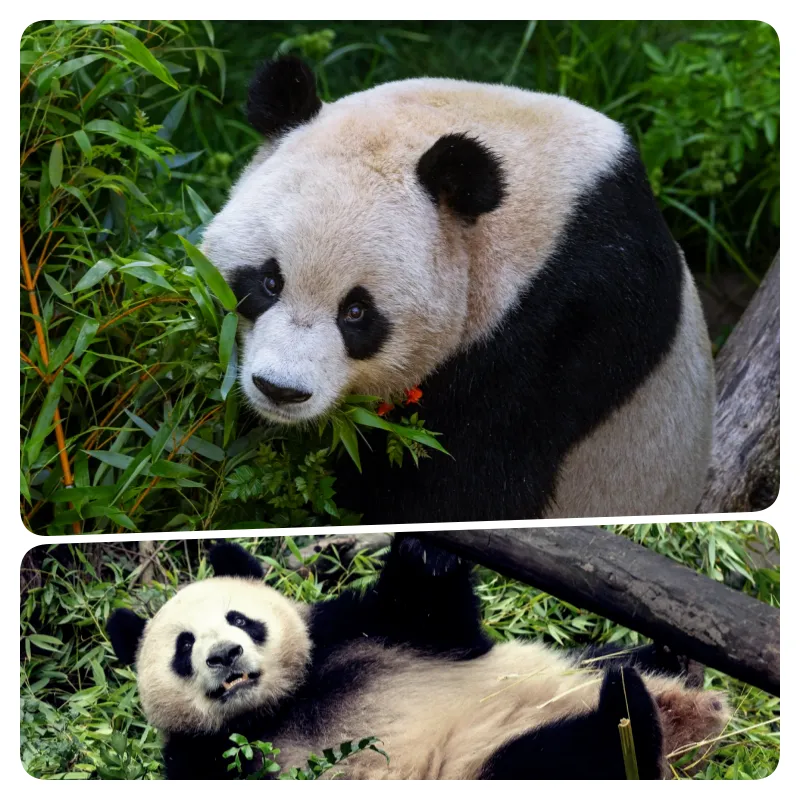
“Yun Chuan and Xin Bao, the first giant pandas to arrive in the United States in over two decades, have made their highly anticipated public debut at the San Diego Zoo”
These remarkable new residents are not only a delight for our visitors but also a powerful symbol of the ongoing international collaboration in conservation. With our global partners, we continue to make meaningful progress in securing a brighter future for this iconic species,” said Paul Baribault, President and CEO of San Diego Zoo Wildlife Alliance, in a July statement.
The pandas will reside in the newly designed Panda Ridge habitat, which is four times larger than the zoo’s previous panda enclosure. The habitat is inspired by China’s natural landscapes, featuring elements reminiscent of canyons, mountains, and cliffs, and includes a new shade tree perfect for climbing.
Zoo visitors have three options to see the pandas: obtaining a complimentary timed ticket on the day of their visit, joining the standby line, or reserving a spot on a 60-minute early morning walking tour. While admission is required for the tour, it is not included in the price, with tours starting at $92 per person. Due to high demand, the zoo’s website shows that tours are fully booked through August.

Yun Chuan, a nearly 5-year-old male, was born to Zhen Zhen, the fourth panda cub born at the San Diego Zoo. “He’s easily recognized by his long, slightly pointed nose and seems quite content exploring the grass or climbing trees,” the zoo shared.
Xin Bao, a nearly 4-year-old female whose name translates to “precious treasure of prosperity and abundance,” is distinguished by her large, round face and big, fluffy ears. “She enjoys sunbathing quietly and savoring her favorite foods,” the zoo added.
The pandas, who arrived in California on June 27, have been “acclimating well,” according to a July news release from the zoo.
These young pandas are on loan from China as part of a diplomatic gesture initiated by Chinese leader Xi Jinping, who offered them as “envoys of friendship between the Chinese and American peoples.”
China’s practice of lending pandas to other countries, often called “panda diplomacy,” has seen pandas sent to over 20 nations. The United States has hosted pandas since 1972, but recent years have seen a decline in such loans as relations between the two countries have cooled.
In recent years, pandas from the Memphis Zoo and the Smithsonian National Zoo in Washington, DC, were returned to China, and the four giant pandas at Zoo Atlanta are set to return later this year.
However, San Diego’s new agreement with China might signal a renewed chapter in panda diplomacy. China also announced in April that pandas would be sent to the San Francisco Zoo for the first time.

As a leader in panda research, the San Diego Zoo was the first American institution to engage in cooperative research on giant pandas with China. Since 1994, the zoo has collaborated with the Sichuan conservation center to study panda behavior, genetics, artificial breeding, nutrition, and disease prevention.
The zoo has emphasized its close collaboration with Chinese experts to meet the dietary needs of the pandas, offering a variety of fresh bamboo and a local adaptation of “wowotou,” a traditional Chinese bun also known as “panda bread.”



